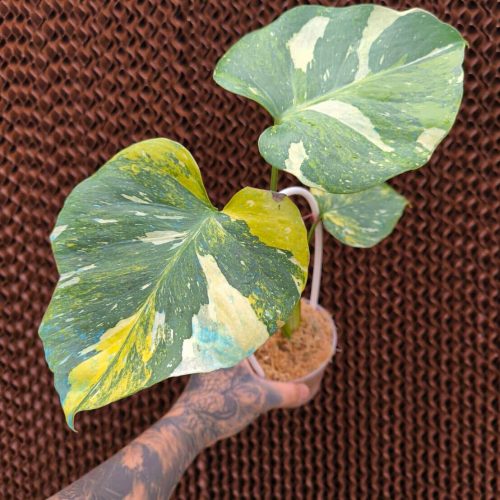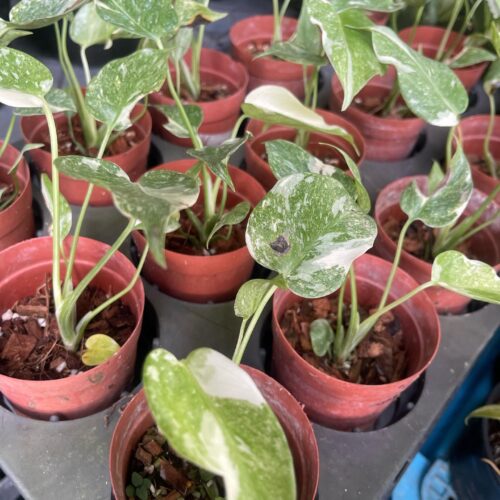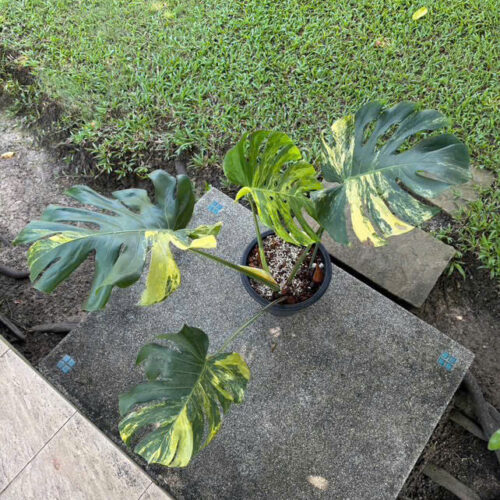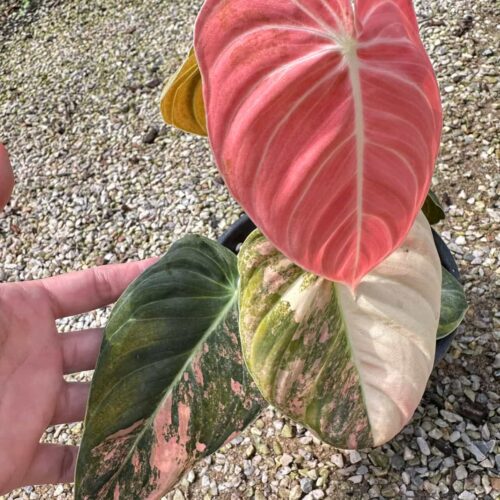Introduction
Bringing the beauty of nature indoors with houseplants is an immensely rewarding hobby. But for beginners, it can seem daunting to keep houseplants healthy and thriving. Don’t let that stop you from embarking on your indoor gardening journey! With the right guidance, caring for houseplants is easier than you think. This article will unveil the secrets to houseplant success, equipping you with fundamental tips and tricks for nurturing a flourishing indoor oasis. From choosing the right plants to mastering watering, read on to transform your home into a indoor jungle.
Selecting Low-Maintenance Houseplants
The first step to houseplant success is choosing robust, low-maintenance varieties suitable for beginner gardeners. Here are some great options:
Hardy, Unfussy Plants
For your first foray into indoor gardening, opt for tough plants that can withstand occasional neglect. Great choices include:
- Snake plant – Tolerates low light and sporadic watering
- ZZ plant – Thrives in low light with infrequent watering
- Pothos – Forgiving of inconsistent care and various light levels

Slow-Growing Varieties
Fast-growing plants can quickly outgrow their space and require frequent pruning and repotting. Slow-growing plants are lower maintenance choices, including:
- Succulents like jade plants and aloe – Grow slowly and thrive on occasional watering
- Air plants like tillandsia – Don’t need soil and water just once or twice a week
Pet-Friendly Picks
Ensure your houseplants are safe for homes with curious pets and kids. Some non-toxic options include:
- Spider plant – Cats may nibble on the leaves without issue
- Peace lily – Perfect for pet owners, as it’s non-toxic if consumed
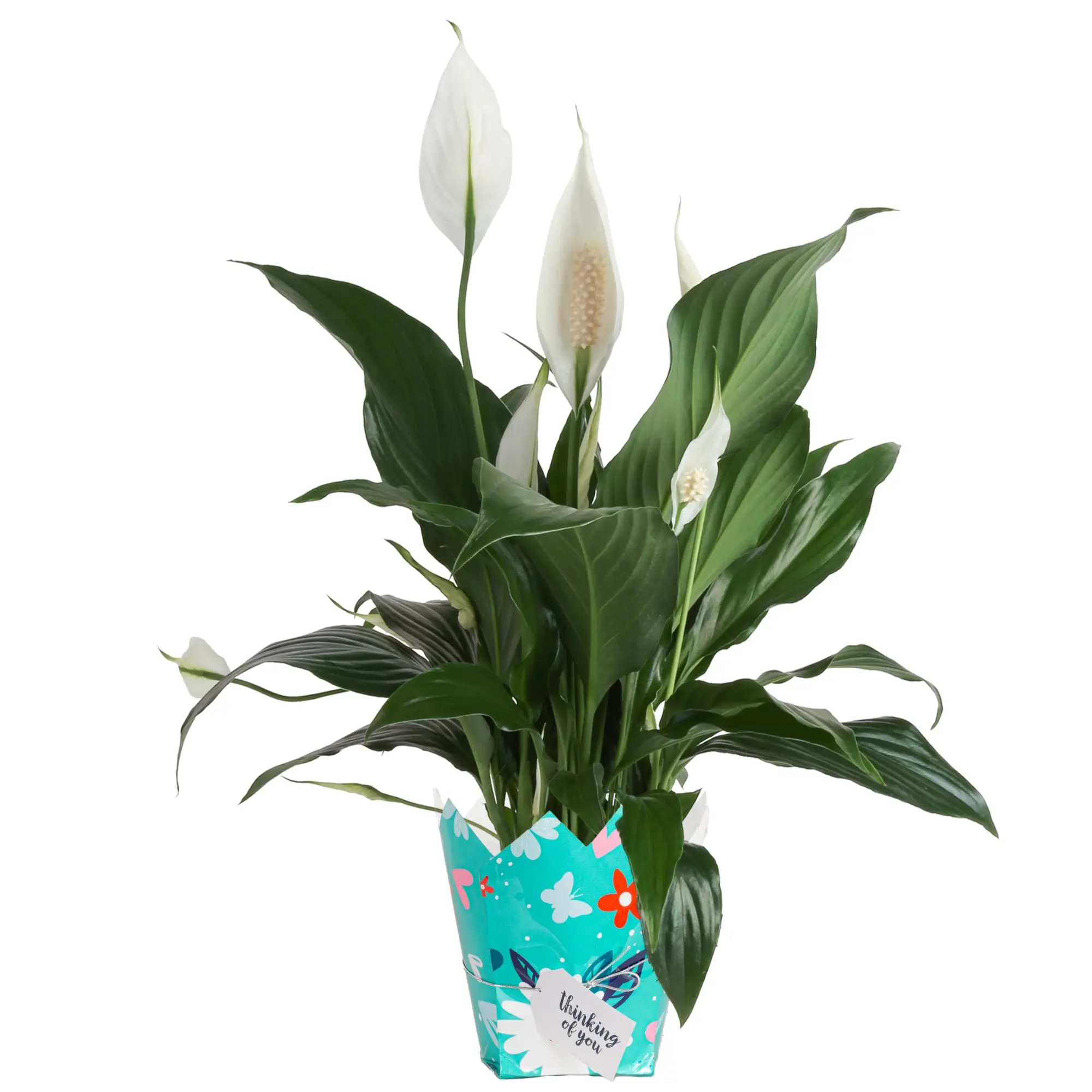
By selecting resilient, pet-safe varieties suitable for beginners, you’ll set yourself up for indoor gardening success!
Providing the Right Growing Conditions
While some houseplants aren’t too fussy, all plants have basic needs for healthy growth. Before bringing a new plant home, research how to provide ideal conditions.
Light
Different houseplants have varying light needs. Most require at least moderate indirect light. Assess the light in your space. South or west facing rooms offer the brightest light. North facing rooms have lower light. Adjust accordingly by placing plants in optimal locations or supplementing with grow lights.
Water
Contrary to belief, overwatering kills more houseplants than underwatering. Learn your plant’s watering preferences and check soil moisture before watering. Soil should be slightly dry 2-3 inches down. Adjust watering for seasonal changes.
Temperature & Humidity
Most houseplants prefer consistent temperatures around 65-75°F and moderate humidity around 40-50%. Monitor conditions in your home and adjust as needed with pebble trays or humidifiers.
Proper Potting
Use planters with drainage holes and well-draining potting mix to prevent root rot from wet soil. Repot when root-bound. Opt for pots that are 2 inches larger than previous pot.
By replicating natural growing conditions, your houseplants will thrive in their indoor habitat. Observe plant needs and make adjustments as you gain experience.

Mastering Ongoing Plant Care
Caring for houseplants isn’t difficult, but it does require some routine maintenance. Follow these tips to become a houseplant pro:
Consistent Watering
Maintain a consistent watering schedule for your plant, watering it when the top few inches of soil are dry. The exact amount and frequency of water will vary, but over time, you’ll understand your plant’s specific water needs.
Regular Feeding
While houseplants don’t require much fertilizer, providing nutrients every 4-6 weeks during growth season will keep plants lush and healthy. Use a balanced liquid fertilizer diluted to 1/4 strength.
Pruning & Training
Prune dead leaves and spent blooms to maintain an attractive appearance. For vining or trailing plants, provide support with stakes or trellises. Trim back wayward growth to train plants and encourage fullness.
Cleaning Leaves
Dusting leaves periodically with a damp cloth keeps plants looking their best. Inspect for pests while cleaning. Isolate and treat any infested plants to prevent spreading.
Monitoring Issues
Observe plants frequently and address any issues right away to maintain health. Troubleshoot problems using the descriptions below:
| Issue | Potential Cause | Solution |
| – | – | – |
| Drooping or wilting | Underwatering | Water thoroughly |
| Yellowing leaves | Overwatering | Check roots for rot, reduce watering |
| Sparse growth | Insufficient light | Move to brighter location |
| Curled leaves | Low humidity | Increase humidity with pebble tray or humidifier |
| Pests | Mealybugs, spider mites, etc | Wipe pests off with cotton ball dipped in alcohol |
With attentive, ongoing care following these tips, your houseplants will continue thriving in your home.
Where to buy Houseplant? Benefits from importing plants from Thailand
- Shipping: Door to door shipping, fast and safe with Dragon Courier
- Biodiversity: Thailand is known for its rich biodiversity, including a wide variety of aroid species. This diversity allows importers to access a broad range of unique and exotic aroid plants.
- Quality and Health of Plants: The suitable climate helps the plants grown here stay healthy and of high quality.
- Cost-Effectiveness: Due to favorable growing conditions and efficient production methods, Thai aroid plants can often be more cost-effective compared to those from other countries.
- Access to Hybrid Varieties: Thai growers are often involved in the development of new hybrid aroid varieties, offering unique plants that may not be available from other sources.
Rare houseplant species are the most sought after by aroid plant lovers
Conclusion
With the right mindset, techniques, and plants, any beginner can become a successful indoor gardener. Start with robust, low-maintenance varieties suited for novice growers. Provide optimal growing conditions. Develop consistent care habits like attentive watering, pruning, and inspection. Observe and adapt your approach as needed. With a little practice and patience, you’ll create a flourishing indoor oasis while discovering the immense joy and satisfaction of indoor gardening! Here is the continuation of the article:
FAQ
Here are five frequently asked questions (FAQs) about caring for houseplants for beginners:
- What are the basic needs of most houseplants? Most houseplants require adequate sunlight, proper watering, and suitable temperature and humidity levels. It’s important to understand the specific needs of your particular plant, as these can vary widely.
- How often should I water my houseplants? The frequency of watering depends on the type of plant, the environment, and the season. A general rule is to water when the top inch of soil feels dry to the touch. Overwatering is a common mistake among beginners.
- Do all houseplants need direct sunlight? No, not all houseplants need direct sunlight. In fact, some plants, such as ferns and snake plants, prefer indirect light or shade. It’s essential to research the light requirements of your specific plant.
- How can I tell if my houseplant is healthy? Healthy houseplants typically have vibrant, sturdy leaves and show new growth. Signs of distress include yellowing or drooping leaves, slow growth, and loss of leaves. Paying attention to these signs can help you adjust care as needed.
- Can I use regular garden soil for my houseplants? It’s better to use potting soil specifically designed for houseplants as it is formulated to provide proper drainage and aeration. Garden soil can be too dense and may contain pests or pathogens harmful to indoor plants.

